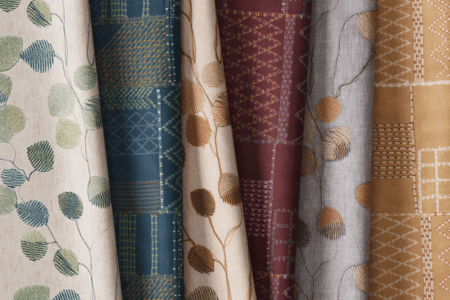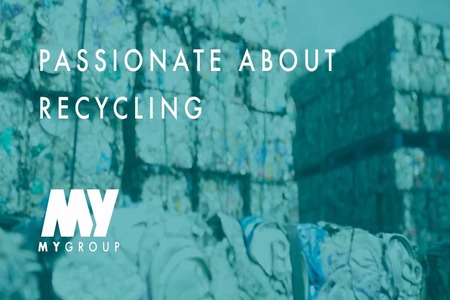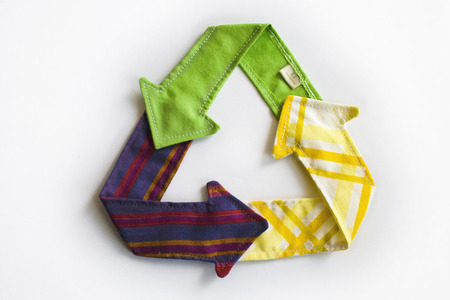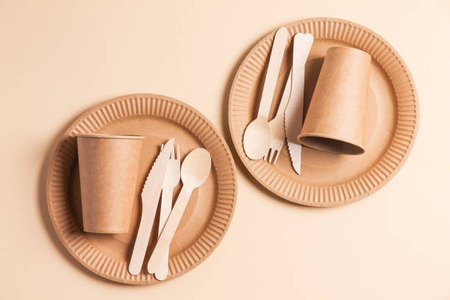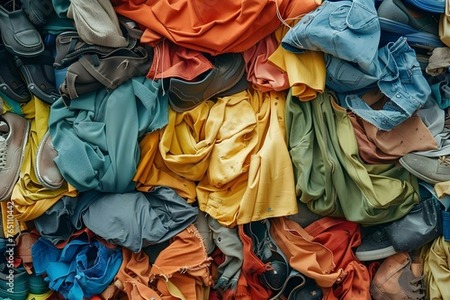
Re:newcell using its unique method produced its first recycled garment
YarnsandFibers News Bureau 2014-08-07 14:00:00 – SwedenRe:newcell has developed a unique method able of regenerating textile fibres. The process was developed at the Royal Institute of Technology in Stockholm and allows an environmental friendly and economical production of new textiles from used fibres. The company is now scaling up its operations from a scientific to an industrial scale.
As the demand for textiles has experienced a strong growth during the last decade and the world wide annual consumption has now reached approximately 73 million tons with an expected future growth rate of 3% per year.
Re:newcell make use of its unique method as produced the first garment made through the re:newcell process. The dress, which prior to recycling was a couple of blue jeans, is a breakthrough within textile recycling and will be exhibited in Visby, Sweden. This garment is a milestone in the company Ìs history and proves that the process can produce high quality textile fibres from used textiles.
The process developed works like this: old cotton clothes are brought to a factory and fed into the plant where they are sorted and thereafter ripped into threads. These threads are treated in a chemical step where they are dissolved into a liquid. In this step fibres other than cotton and viscose are extracted. The clean liquid is thereafter treated in a second chemical stage and finally spun into a new viscose fibre through the traditional viscose process.
Henrik Norlin, business development manager at pioneering company re:new cell saying that they can recycle fabrics that contain a mix of cotton and other materials but get the best results when recycling pure cotton.
Re:newcell is now planning to set up its first fabric-recycling factory, which will open its doors within the next 18 months. It will be able to process 2,000 tonnes per year, allowing them to show the scalability of the process, said Norlin.
Re:new cell will then add factories in other European countries like Britain and Germany, that produce large amounts of cast off clothing.
The only major issue with the method is that rayon doesn’t recycle as well, so the process cannot continue after the first recycling. Either way, the development is an important one in paving the way for more fabric recycling to occur.
Through Re:newcell's patented process the environmental impact from textiles can be drastically reduced by recycling cellulosic based textiles (cotton, viscose etc.) and extracting petroleum based textiles for further use or recycling. The process will also reduce transport distances, allow more land for food production and reduce waste.
Market Intelligence
Ask for free sample Report

experience
Customer Base
dedicated team
Countries Served Worldwide



